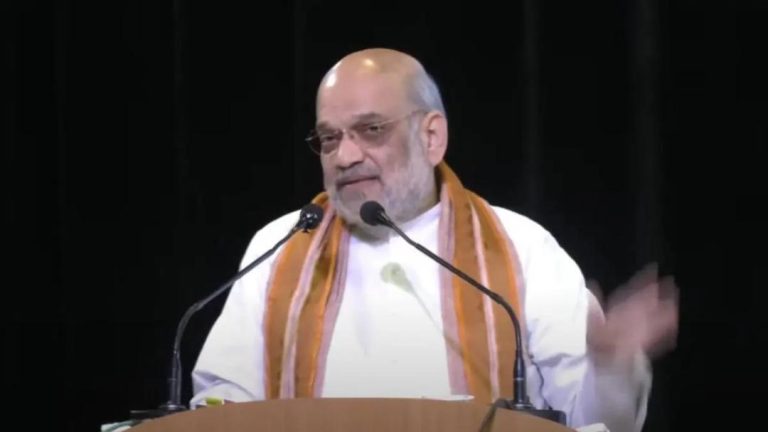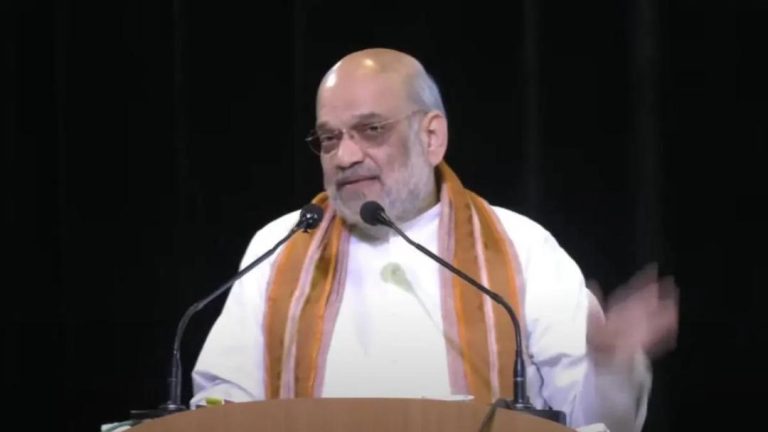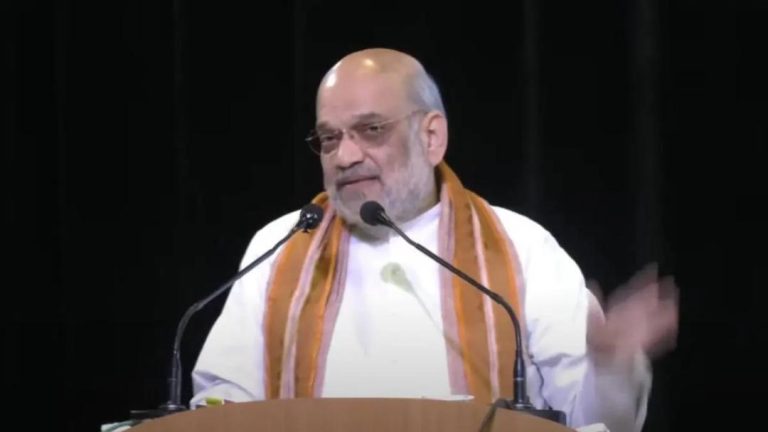
IT Employees Burn Murthy, L&T Chief’s Effigies for Proposing Longer Workweeks
In a dramatic display of dissent, IT employees in Bengaluru burnt effigies of Infosys Founder Narayana Murthy and L&T Chairman SN Subrahmanyan during a protest organized by KITU, an IT employees’ union in Karnataka, against exploitative work practices. The protest was a response to the recent comments made by the two business leaders, who proposed longer workweeks for employees.
Narayana Murthy, the co-founder of Infosys, had recently suggested that employees should work 70 hours a week to achieve success in the industry. Meanwhile, L&T Chairman SN Subrahmanyan went a step further, suggesting that employees should work 90 hours a week. These comments have sparked widespread outrage among IT employees, who feel that such demands are unrealistic and unfair.
The protest, which was organized by KITU, saw hundreds of IT employees gather in front of the Karnataka State IT and ITES Employees’ Federation office in Bengaluru. The employees, dressed in their formal attire, carried placards and banners with slogans like “No to exploitation” and “We want a better work-life balance”. The atmosphere was tense, with many employees visibly upset and angry about the proposed workweeks.
As the protest gained momentum, the employees decided to take a bold step by burning effigies of Murthy and Subrahmanyan. The effigies were made of papier-mâché and were adorned with sad faces and angry expressions. The employees cheered and clapped as the effigies were set on fire, symbolizing their rejection of the proposed workweeks.
Despite efforts by the Bengaluru Police to stop the protest, the employees were undeterred. The police had arrived at the scene in large numbers, but the employees remained steadfast in their demands. The protest was peaceful, with no reports of violence or vandalism.
The protest has sent a strong message to the IT industry, which has been criticized for its exploitative work practices. Many employees feel that they are overworked and underpaid, and that the industry does not provide them with a decent work-life balance. The proposed workweeks of 70 and 90 hours are seen as an attempt to further exploit employees, who are already struggling to cope with the demands of the industry.
The IT industry is known for its fast-paced and demanding work environment, but many employees feel that this comes at the cost of their personal lives. Long workweeks can lead to burnout, stress, and depression, which can have serious consequences for an individual’s mental and physical health.
The protest has also raised questions about the role of business leaders in shaping the industry’s work culture. While Murthy and Subrahmanyan may have been trying to motivate employees to work harder, their comments have been seen as insensitive and uncaring. Many employees feel that business leaders have a responsibility to prioritize the well-being of their employees, rather than just focusing on profits.
In conclusion, the protest by IT employees in Bengaluru is a significant development in the ongoing debate about work-life balance in the IT industry. The burning of effigies of Murthy and Subrahmanyan is a powerful symbol of the employees’ rejection of exploitative work practices, and their demand for a better work-life balance. As the industry continues to evolve, it is essential that business leaders prioritize the well-being of their employees, rather than just focusing on profits.





